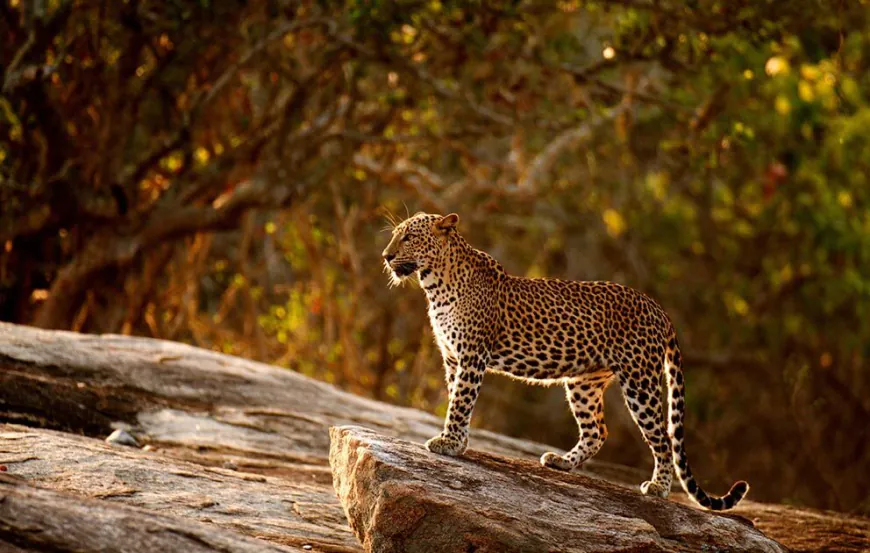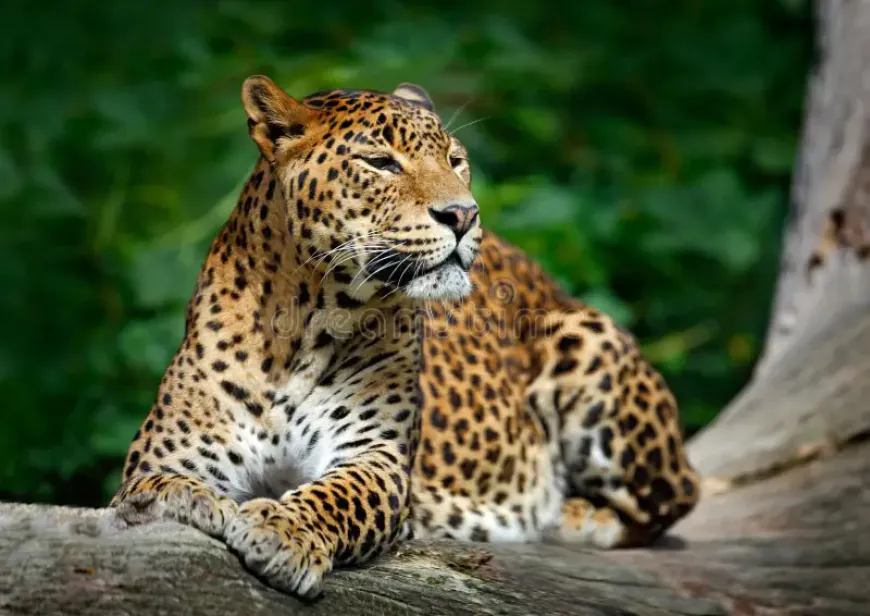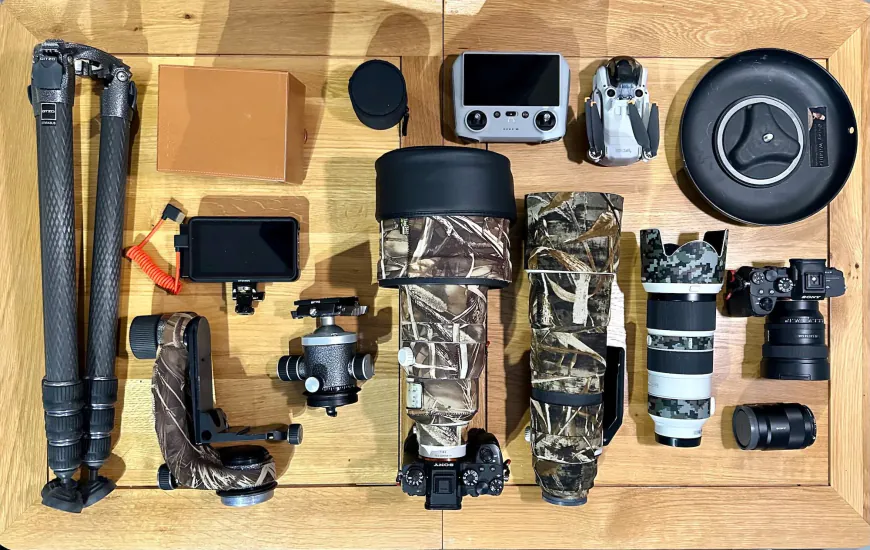Leopard Trails Yala National Park: Conservation Efforts and Photography Tips
Discover the conservation efforts for leopards at Leopard Trails Yala National Park and get expert photography tips for capturing these majestic creatures.
-
Yala Leopard Conservation Photography

Leopard Trails, a responsible safari operator in Yala National Park, offers visitors a unique opportunity to observe Sri Lanka's diverse wildlife, including its renowned leopard population, while contributing to conservation efforts. With expert guides and a commitment to sustainable tourism, Leopard Trails provides invaluable insights into the park's ecosystem and offers photography enthusiasts the chance to capture stunning images of Yala's elusive inhabitants.
-
Leopard Protection Strategies

Yala National Park has implemented comprehensive conservation efforts to protect its leopard population and other wildlife. These initiatives focus on antipoaching measures and habitat preservation, involving collaboration with local communities and international organizations.
Conservation Effort Description Antipoaching Measures - Advanced surveillance technologies like camera traps and drones - Increased ranger patrols and training programs - Collaboration with local communities for intelligence gathering Habitat Preservation - Reforestation projects to expand and connect leopard habitats - Corridor creation to facilitate wildlife movement - Policies to reduce human-wildlife conflict in buffer zones Community Engagement - Education programs on wildlife conservation - Alternative livelihood initiatives to reduce dependence on forest resources - Involvement of local communities in conservation decision-making International Partnerships - Collaboration with global conservation organizations for funding and expertise - Participation in international leopard conservation programs - Knowledge sharing with other leopard range countries The antipoaching measures in Yala National Park utilize advanced technologies such as camera traps and drones to monitor wildlife and detect illegal activities. These efforts are complemented by increased ranger patrols and specialized training programs to enhance the effectiveness of ground-level protection. The park authorities have also established strong collaborations with local communities, encouraging them to participate in intelligence gathering and reporting suspicious activities.
Habitat preservation initiatives play a crucial role in leopard conservation. Yala National Park has undertaken extensive reforestation projects to expand and connect leopard habitats, ensuring the species has sufficient space to roam and hunt. The creation of wildlife corridors facilitates the movement of leopards and other animals between different parts of the park, reducing the risk of genetic isolation. To address human-wildlife conflict, the park has implemented policies in buffer zones aimed at minimizing interactions between leopards and local communities.
Community engagement forms a cornerstone of Yala's conservation strategy. The park conducts regular education programs to raise awareness about wildlife conservation and the importance of protecting leopards. Alternative livelihood initiatives have been introduced to reduce local communities' dependence on forest resources, thereby decreasing pressure on leopard habitats. Importantly, local communities are actively involved in conservation decision-making processes, ensuring their perspectives and needs are considered.
Yala National Park has also fostered international partnerships to strengthen its conservation efforts. Collaborations with global conservation organizations have brought in additional funding and expertise to support leopard protection initiatives. The park participates in international leopard conservation programs, contributing to global efforts to preserve the species. Furthermore, Yala engages in knowledge sharing with other leopard range countries, exchanging best practices and lessons learned in conservation management.
These multifaceted conservation efforts demonstrate Yala National Park's commitment to protecting its leopard population and maintaining the ecological balance of the ecosystem. By combining technological solutions, community involvement, and international cooperation, the park is working towards ensuring a sustainable future for its leopards and other wildlife.
-
Leopard Photography Essentials

Capturing stunning photographs of leopards in Yala National Park requires a combination of timing, equipment, and technique. Here's a comprehensive guide to help wildlife photographers maximize their chances of getting that perfect leopard shot.
Best Times for Photos Description Time of Day Early morning (5:30 AM - 8:00 AM) and late afternoon (4:00 PM - 6:30 PM) Season Dry season (February to October) for better visibility and higher leopard activity Weather Conditions Overcast days for softer light and reduced harsh shadows The optimal times for photographing leopards in Yala are during the early morning and late afternoon hours when these big cats are most active. The soft, golden light during these periods, often referred to as the "golden hours," enhances the leopards' natural beauty and creates a warm, atmospheric glow in your images.
The dry season, from February to October, is generally considered the best time for leopard photography in Yala. During this period, vegetation is less dense, improving visibility, and leopards are more likely to congregate around water sources, increasing your chances of sightings.
When it comes to equipment, a telephoto lens is essential for capturing detailed shots of leopards from a safe and respectful distance. A lens with a focal length of 300mm or longer is recommended. For example, the Sony 400mm f/2.8 GM or the Canon EF 300mm f/2.8L are excellent choices for wildlife photography.
Here are some recommended camera settings and techniques:
- Use a fast shutter speed (at least 1/1000s) to freeze action and capture sharp images of moving leopards.
- Set your aperture between f/4 and f/8 to balance depth of field with light gathering ability.
- Increase your ISO as needed to maintain a fast shutter speed in low light conditions. Modern cameras can produce clean images at ISO 1600 or higher.
- Utilize burst mode to capture a series of images quickly, increasing your chances of getting the perfect shot.
- Focus on the leopard's eyes to create a compelling connection with the viewer.
Positioning is crucial when photographing leopards. Try to position yourself at eye level with the animal when possible, as this creates a more intimate and engaging perspective. Be patient and wait for the leopard to exhibit natural behaviors, such as grooming, hunting, or interacting with cubs.
Always prioritize the well-being of the wildlife and adhere to park regulations. Maintain a safe distance and never attempt to bait or disturb leopards for a photograph. Use a beanbag or monopod to stabilize your camera in the safari vehicle, as tripods are often impractical.
Remember, successful wildlife photography often requires persistence and multiple visits. Each encounter with a leopard is unique, so be prepared to adapt your techniques based on the specific situation and lighting conditions you encounter in Yala National Park.
What's Your Reaction?








































